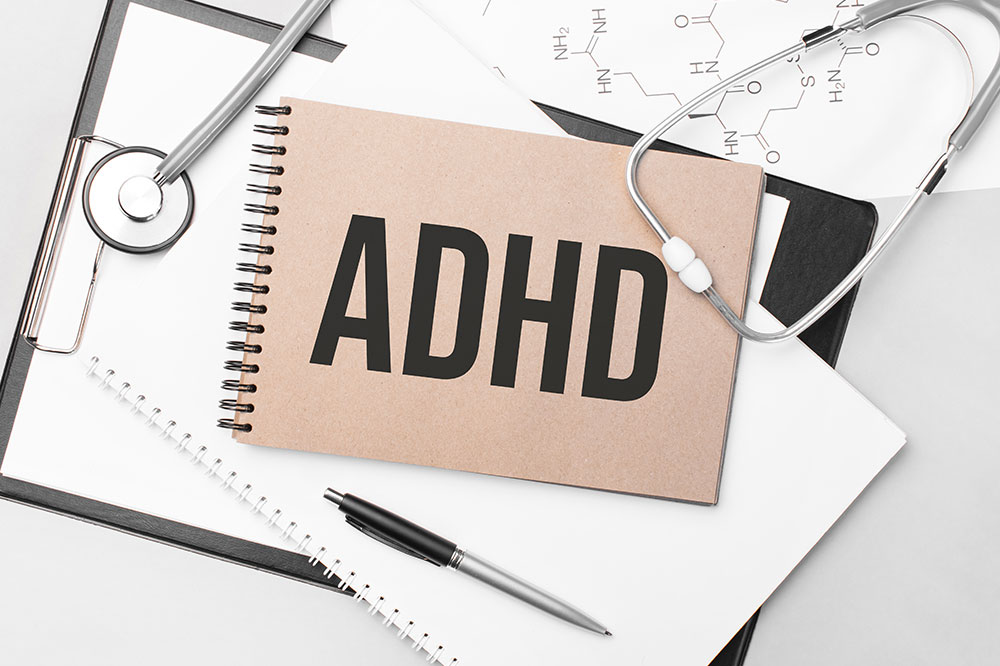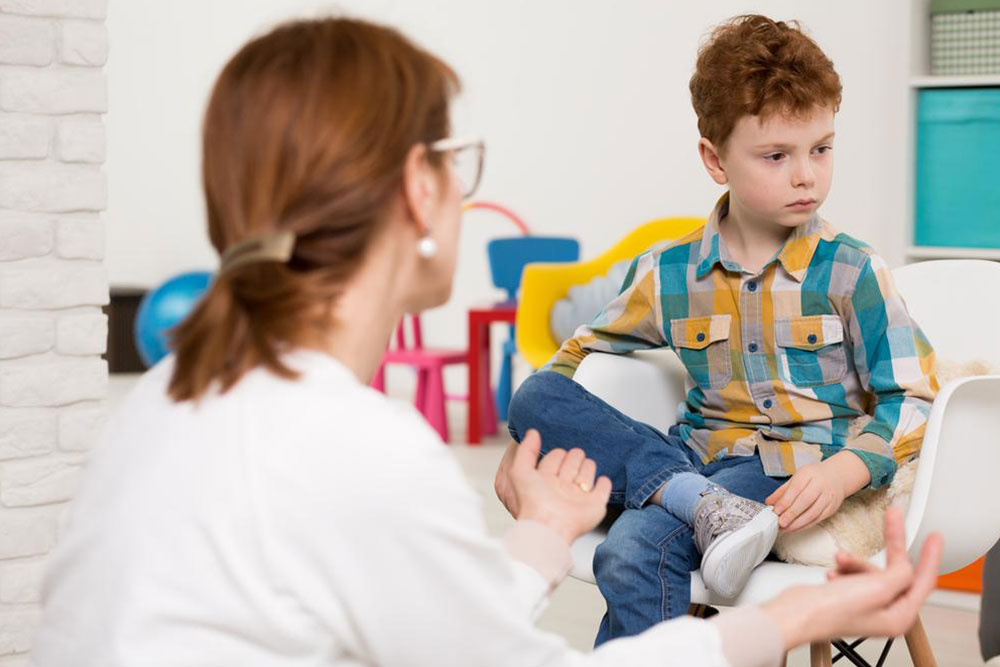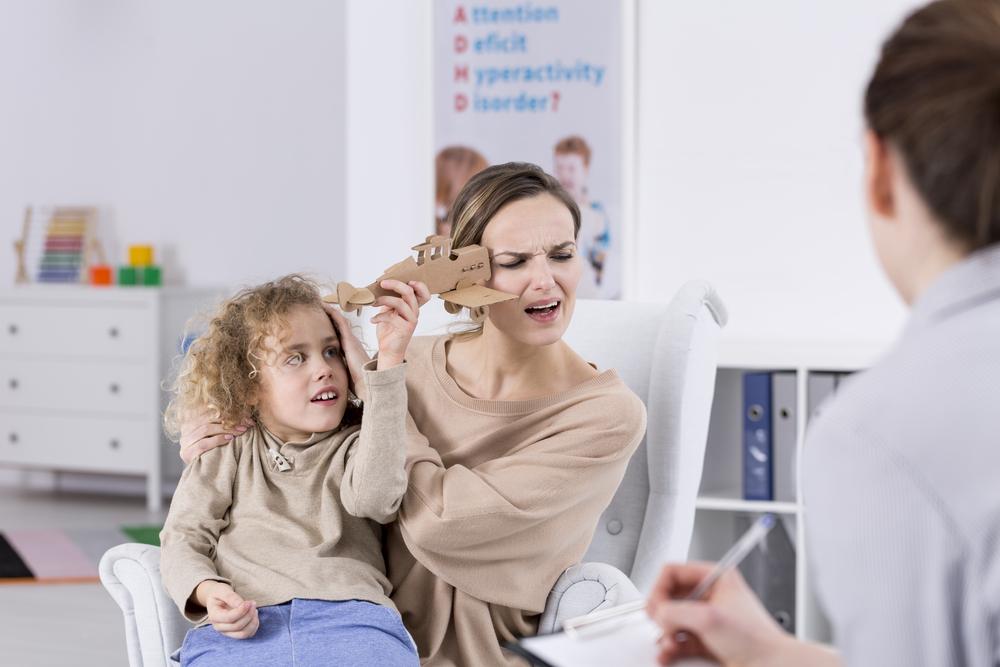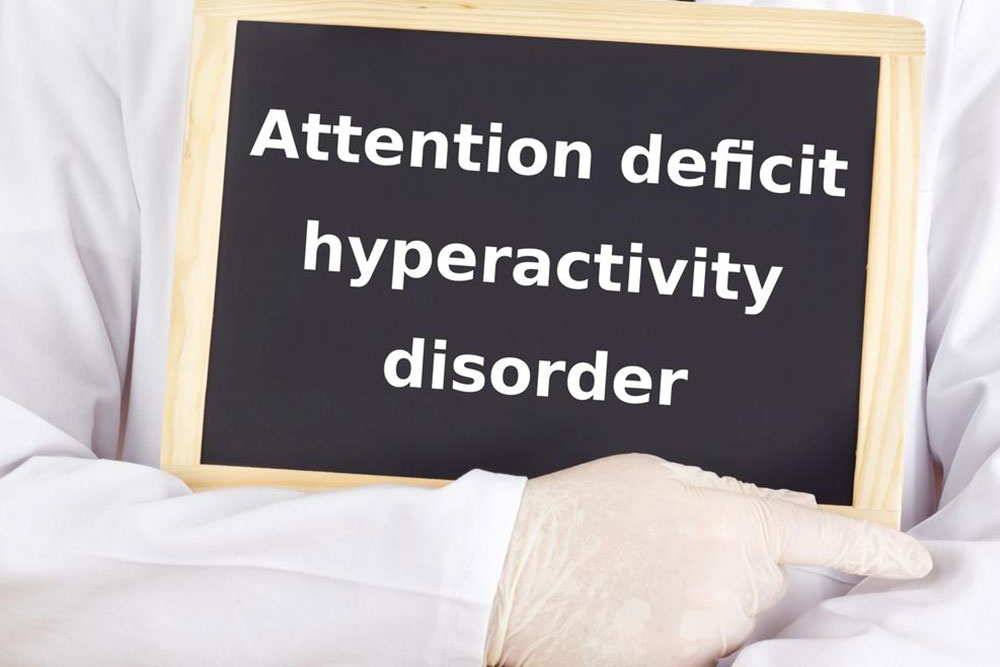Recognizing ADHD Symptoms in Children
This article provides insights into how ADHD presents in children, highlighting common behaviors and the different types of the disorder. It emphasizes the importance of understanding symptoms and seeking professional diagnosis to support affected children in school, social settings, and at home.

Recognizing ADHD Symptoms in Children
It's normal for children to sometimes forget things, daydream during class, act impulsively, or appear restless during meals. However, when such behaviors are accompanied by persistent inattention, excessive hyperactivity, and impulsive actions, they may indicate attention deficit hyperactivity disorder, or ADHD. This neurodevelopmental condition is most often identified during early childhood.
Studies show that approximately 10% of children aged 5 to 17 are diagnosed with ADHD nationwide. Common challenges include difficulty concentrating at school, losing items, and trouble making friends.
Research indicates that boys are more frequently diagnosed with ADHD than girls, likely due to more apparent hyperactivity in boys. Girls with ADHD often exhibit daydreaming or talkative behaviors rather than hyperactivity. It's important for parents to recognize that many behaviors common in children can resemble ADHD symptoms, but persistent signs should be evaluated by healthcare professionals to prevent ongoing issues in school, home, and social interactions.
Key signs of ADHD include:
Fidgeting constantly
Talking excessively
Regularly losing or forgetting items
Making careless errors
Struggling to resist temptations
Engaging in risky behaviors
Difficulty socializing
Constant daydreaming
ADHD Types
The American Psychological Association (APA) classifies ADHD into three primary types to ensure accurate diagnosis:
Primarily inattentive
This form makes it hard for children to focus, complete tasks, or follow instructions. Interestingly, many children with this type go undiagnosed because they don’t disrupt the classroom. It is more common among girls.
Primarily hyperactive-impulsive
Children exhibit constant fidgeting, excessive talking, and difficulty sitting still. They may act impulsively, interrupt conversations, or grab objects. Their hyperactivity can lead to more accidents, but they may not exhibit significant inattentiveness.
Combined type
This is the most prevalent form in children, characterized by both inattentive and hyperactive behaviors.










